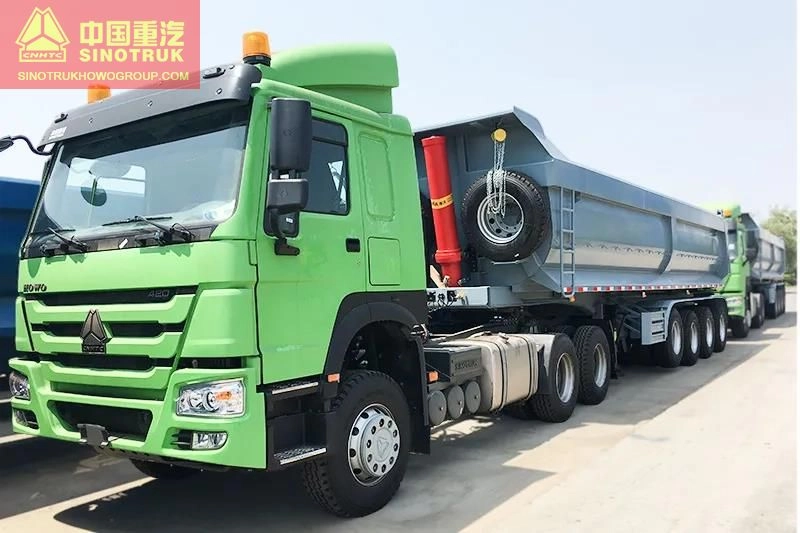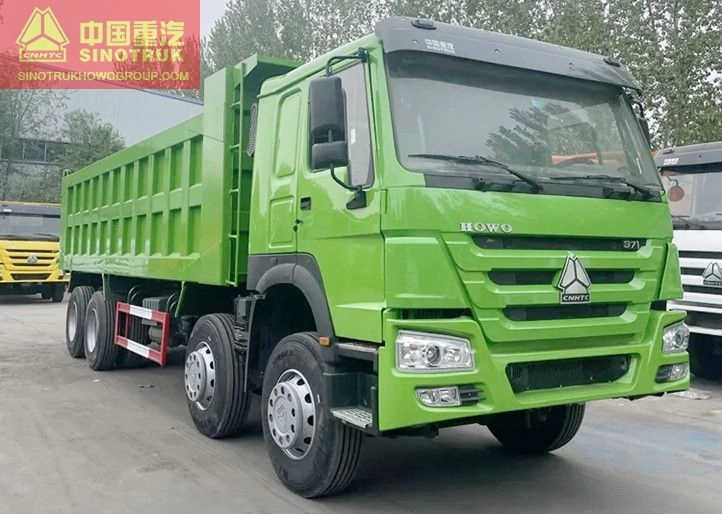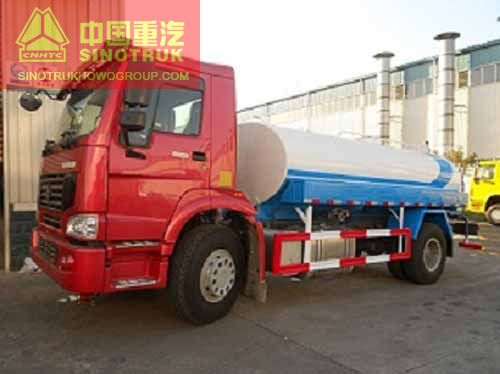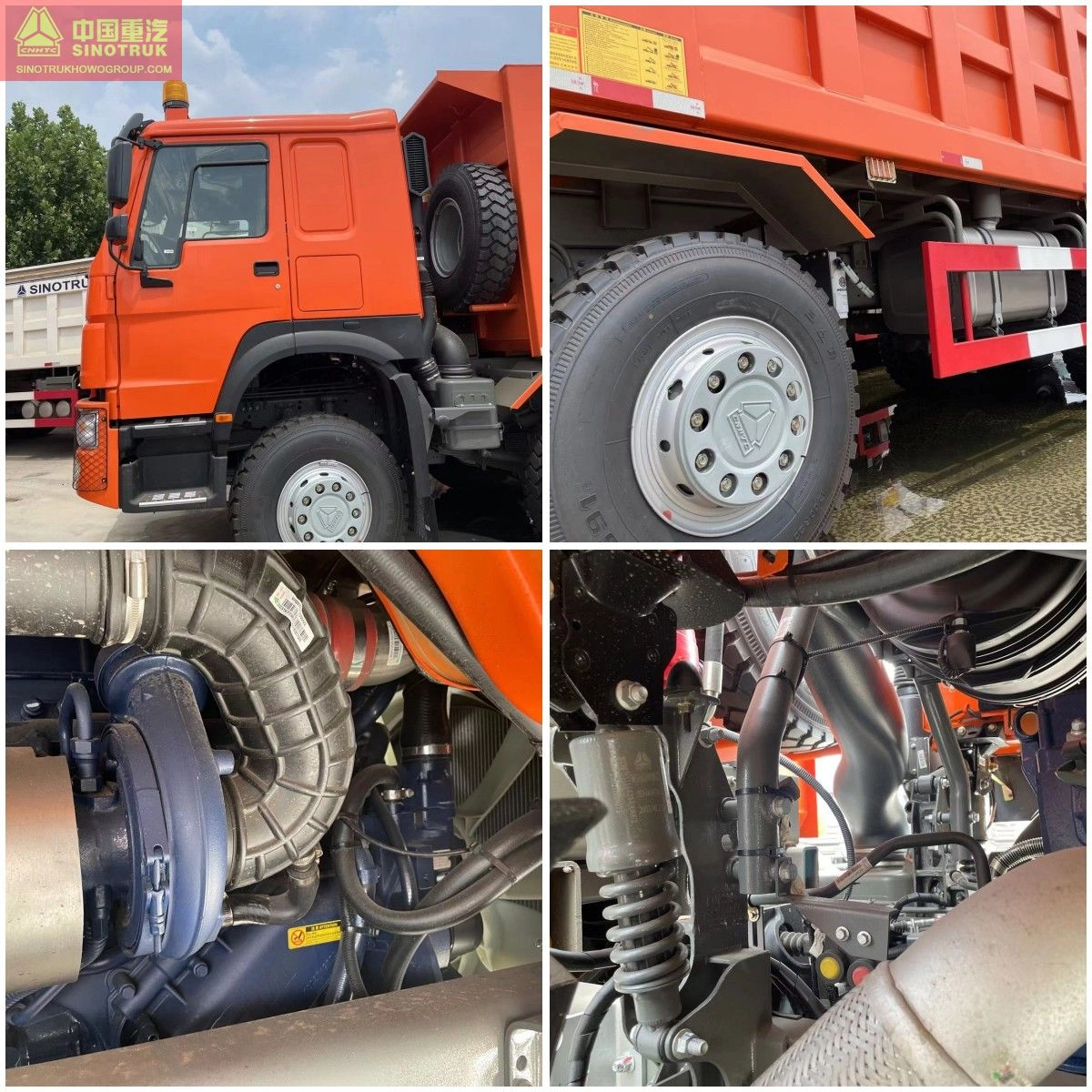semi truck tank size,semi truck tank capacity
- Release time:05-07-2024
- Source:Sinotruk HOWO
Catalog overview:
Understanding Semi Truck Tank Sizes: An Overview

Semi-trucks, also known as 18-wheelers or big rigs, are essential in the logistics industry for their capacity to transport large quantities of goods across vast distances. One critical aspect that impacts their efficiency and functionality is the size of their tanks. This article will delve into the various tank sizes found on semi-trucks, their purpose, and how they contribute to the overall operation of these mighty vehicles.
1. Fuel Tank Sizes
The fuel tank on a semi-truck is perhaps the most significant, given the long distances these vehicles travel. The size of a semi-truck's fuel tank can range from 150 to 300 gallons or more, depending on the manufacturer and the truck's intended use. For instance, a long-haul truck with a larger fuel capacity can travel more miles between fill-ups, reducing the need for frequent stops and increasing overall trip efficiency. A typical example is the Freightliner Cascadia, which can have fuel tanks that hold up to 300 gallons.
2. DEF (Diesel Exhaust Fluid) Tank
In compliance with emissions regulations, modern diesel engines use Selective Catalytic Reduction (SCR) technology, requiring Diesel Exhaust Fluid (DEF). DEF tanks, usually located near the fuel tank, hold around 15-30 gallons. For instance, the Volvo VNL series has a DEF tank capacity of around 25 gallons, ensuring sufficient supply for the truck's emissions control system.
3. Water and Waste Tank Sizes
While not as prominent as fuel and DEF tanks, semi-trucks may also have water tanks for driver comfort, usually holding 10-20 gallons. Waste tanks, for storing gray water from sinks or black water from toilets, can range from 20 to 50 gallons, depending on the truck's amenities. These capacities ensure drivers have access to basic necessities during long hauls.
4. Factors Affecting Tank Sizes
Several factors influence the size of semi-truck tanks. These include the truck's payload capacity, the distance it typically covers, and the weight restrictions imposed by federal and state regulations. For instance, a regional truck that makes shorter trips may have a smaller fuel tank than a cross-country truck.
Balancing Capacity and Efficiency
Understanding the tank sizes of a semi-truck is crucial for fleet managers and drivers alike. It impacts everything from route planning to overall operational costs. The right balance between tank size and truck's function ensures optimal performance, efficiency, and compliance with environmental standards. Whether it's the massive fuel tank enabling long-haul journeys or the smaller DEF tank aiding in emissions reduction, each tank plays a vital role in the seamless operation of these giants of the road.
volvo semi truck fuel tank size
Volvo Semi Trucks: A Look into Fuel Tank Sizes and Efficiency

Volvo, a renowned name in the world of commercial vehicles, is known for its commitment to performance, safety, and sustainability. A key aspect of this commitment is the design and engineering of their semi-trucks' fuel tanks. Understanding the fuel tank size of a Volvo semi-truck is crucial for fleet managers, drivers, and logistics companies alike, as it directly impacts operational efficiency and overall cost-effectiveness.
The Significance of Fuel Tank Size in Volvo's Fleet
Fuel efficiency is a top priority for any long-haul trucking operation, and the size of the fuel tank plays a pivotal role. Volvo semi-trucks come equipped with tanks that are designed to optimize range and minimize downtime for refueling. For instance, the Volvo VNL series, a staple in long-distance transport, boasts a fuel tank capacity that ranges from 150 to 600 gallons, depending on the model and configuration. This allows for extended travel without the need for frequent stops, thereby increasing productivity and reducing overall operating costs.
Volvo's Approach to Fuel Efficiency
Beyond tank size, Volvo incorporates advanced technologies to enhance fuel efficiency. Their trucks feature the Volvo I-Shift transmission, which optimizes gear changes for maximum fuel economy. Additionally, the Volvo Dynamic Steering system reduces fuel consumption by easing the strain on the engine, particularly during city driving. These innovations, coupled with the right fuel tank size, contribute to the Volvo's reputation for delivering both power and economy.
Real-World Impact: Case Study
Consider a fleet manager, John, who upgraded to the Volvo VNL series with its larger fuel tank. By reducing the frequency of refueling, John's fleet experienced a 20% decrease in downtime, translating to increased delivery times and higher customer satisfaction. the improved fuel efficiency reduced his overall operating costs by 15% in the first year alone.
Final Thoughts: Balancing Capacity and Efficiency
Selecting the appropriate fuel tank size for a Volvo semi-truck is a strategic decision that should consider factors such as typical route lengths, payload requirements, and fleet management goals. While a larger tank may seem more convenient, it's essential to weigh the benefits against the potential increase in vehicle weight, which can slightly decrease fuel efficiency. Volvo, with its comprehensive range and advanced technologies, offers a tailored solution for various transport needs, ensuring a balance between range, efficiency, and sustainability.
understanding the fuel tank size of a Volvo semi-truck is a crucial element in optimizing fleet operations. By combining efficient tank design with cutting-edge technology, Volvo continues to set the standard in the industry, providing reliable, fuel-efficient solutions for long-haul transportation.
semi truck tank capacity
Understanding Semi Truck Tank Capacities: A Comprehensive Guide
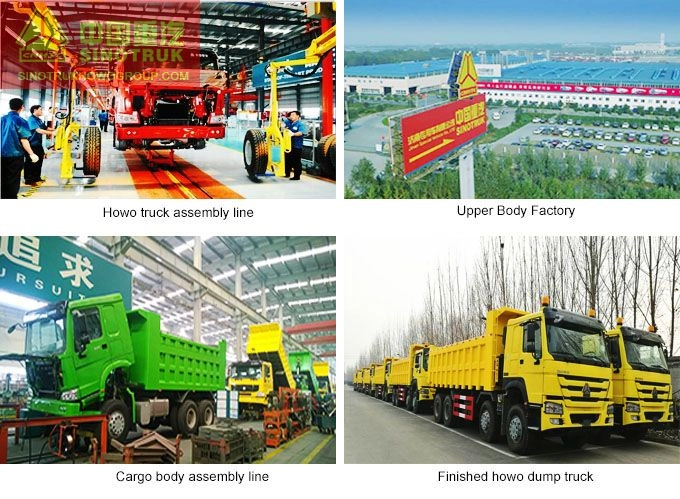
When it comes to the world of commercial transportation, the capacity of a semi-truck's tank is a critical factor that impacts efficiency and safety. This article delves into the intricacies of these massive vehicles, focusing on their fuel tank sizes, water tank capabilities, and other essential considerations. We'll explore industry standards, discuss real-world examples, and provide solutions for optimal tank management.
1. Variations in Semi-Truck Fuel Tank Capacities
Semi-truck fuel tank sizes can vary greatly, depending on the vehicle's purpose and manufacturer. Typically, a standard semi-truck fuel tank can hold anywhere from 150 to 300 gallons, allowing for long-haul journeys without frequent refueling. For instance, a Freightliner Cascadia model often has a fuel tank capacity of around 200 gallons, while a Volvo VNL series might boast up to 350 gallons for extended range trips.
2. The Importance of Water Tank Capacities in Trucking
Not all semi-trucks carry water tanks, but those that do, usually for on-board cleaning or cooling systems, can hold between 20 and 100 gallons. A Peterbilt 579 equipped with a water tank, for example, might have a capacity of around 50 gallons, catering to the driver's needs during long journeys.
3. Factors Influencing Tank Capacities
Several factors determine the optimal tank size, including the truck's payload, route length, and environmental regulations. For example, a truck operating in California, with strict emissions standards, may require a larger fuel tank to minimize stops and reduce idling. Additionally, the truck's weight restrictions and overall design constraints also play a role in determining the size of the tank.
4. Solutions for Efficient Tank Management
To optimize tank capacity, fleet managers can implement strategies like route planning, fuel efficiency techniques, and regular maintenance. Installing fuel-saving devices, such as aerodynamic kits, can reduce fuel consumption, while monitoring driving habits can help minimize waste. Regular water tank maintenance ensures clean water supply and prevents corrosion or contamination.
5. Safety Considerations and Regulatory Compliance
Compliance with Department of Transportation (DOT) regulations is crucial, as overloading fuel or water tanks can lead to safety hazards. Tanks must be properly secured, and their capacity should not exceed the manufacturer's specifications. Additionally, proper labeling and placarding are necessary for hazardous materials, like diesel fuel.
Balancing Capacity and Efficiency in Semi-Trucks
Understanding the capacity of a semi-truck's tank is essential for efficient operations and safety on the road. By considering factors such as vehicle specifications, route requirements, and regulatory compliance, fleet managers can make informed decisions about tank sizes and management strategies. The key lies in striking a balance between maximizing range, minimizing stops, and adhering to safety and environmental standards. With careful planning and attention to detail, the capacity of a semi-truck's tank can be a powerful tool in the world of transportation.

